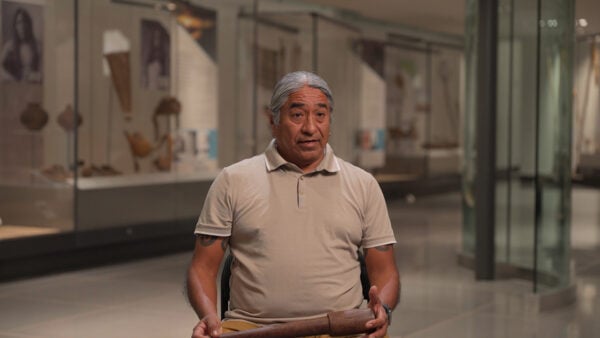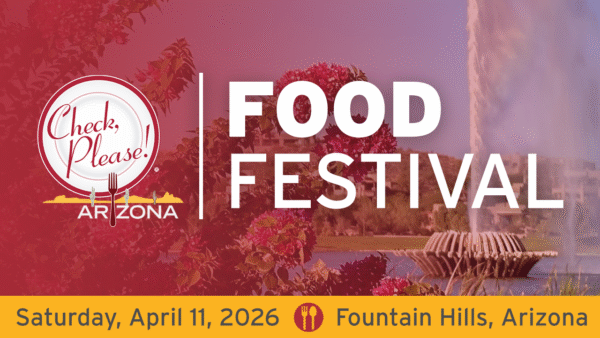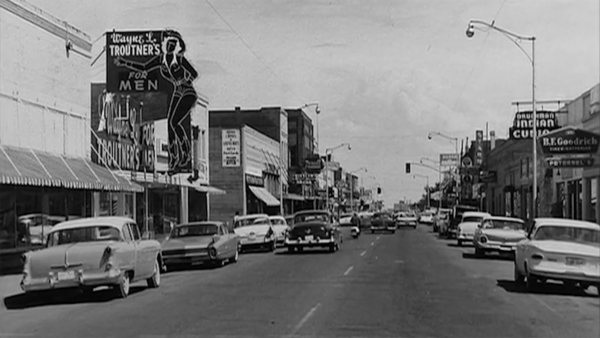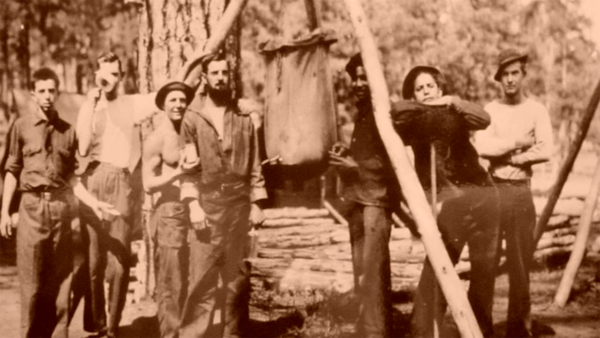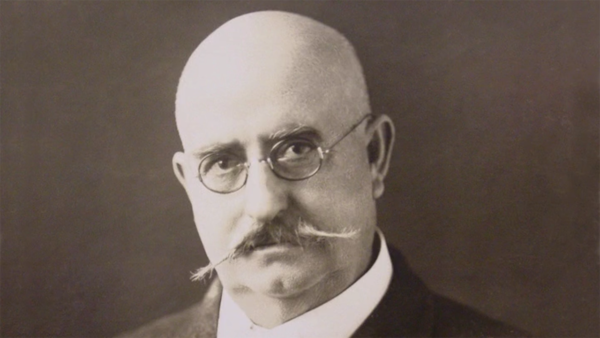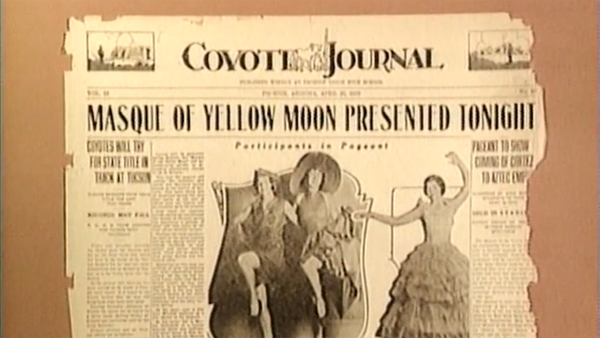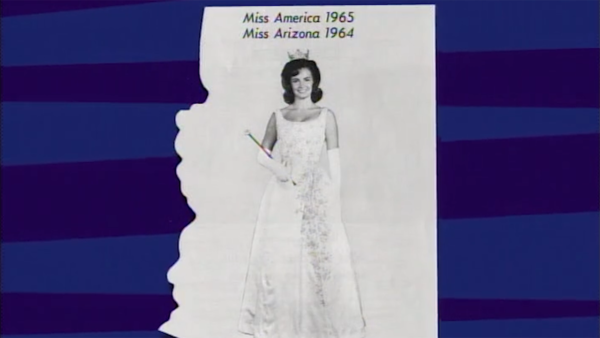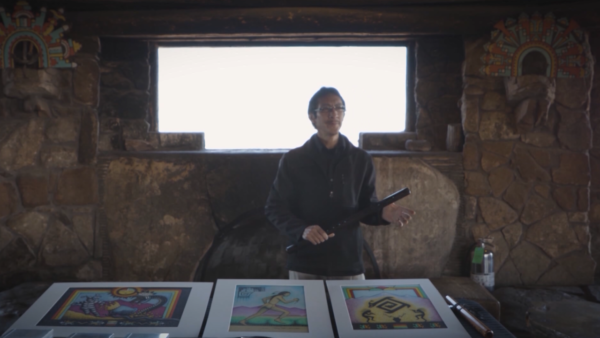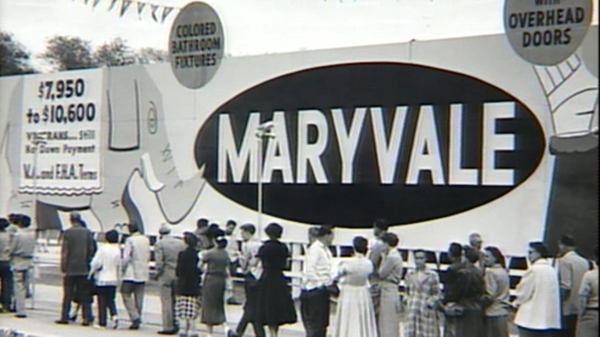Arizona Stories: End of the Line for Railroad Lodging
Dec. 29, 2022
La Posada
Located 150 miles southeast of the Grand Canyon lies the town of Winslow. In this town, the Santa Fe Railway opened one of the finest railroad lodges ever built, La Posada. It was one of the last Harvey Houses to be built, and is the largest to survive.
Winslow is a railroad town and has been since the 1880s, when the railway laid the track of its Southern Transcontinental Line through it. The Fred Harvey Company operated hotels known as Harvey Houses along the Santa Fe main line, from Kansas City to Los Angeles.
In January 1929, Santa Fe announced that architect Mary Jane Colter would design and build a new Winslow Harvey House. La Posada opened on May 15, 1930, and all who entered it were transported into Colter’s dream world of old Mexico.
Birth of Suburbia
In 1947, John F. Long returned to Phoenix. The future developer began with a single house that was meant to become his home. When the house was finished, Long sold it and began to build another home meant for him and his wife. The process of building and selling individual homes continued for about two years until 1949 when Long started the first subdivision.
With the automobile allowing people to live further from downtown, Phoenix was able to expand outwards. Long started the development of Maryvale in 1954, the overall plan being to develop a community that provided homes for young families and a place for their recreation.
By the mid ‘50s, manufacturing replaced agriculture as the Valley’s number one industry, prompting even more people to come to Phoenix. Long and his team were building around 20 houses a day trying to keep up with the influx of sales. By 1959, more homes had been built in the Valley in one decade than in the previous four combined.
Frank Luke, Jr.
Few 21 year olds have statues erected in their honor. Fewer still are the number of young men who accomplished what Frank Luke, Jr. did. At the time of his death, Luke was America’s top ace having shot down at least 18 enemy airplanes and balloons in World War I.
Before joining the army in 1917, Luke worked the mines in Ajo. He was sent to France in the spring of 1918. Luke preferred to go after the most dangerous of all targets, observation balloons. Luke’s passion for downing balloons earned him the nickname the ‘Arizona Balloon Buster.’
Some have called him the best fighter pilot of the entire war. Luke went on an eight-day rampage where he shot down 14 enemy aircraft, including 10 balloons.
An air force base is named in his honor, a reminder of his success and sacrifice.
The Windows of St. Mary’s Basilica
The glittering art of stained glass has always held a mystery. The historic home for stained glass has been the church. The windows of St. Mary’s Basilica are meant to be theologically accurate, while also telling a cohesive story.
St. Mary’s is the mother of Catholic parishes in the Valley. In the early 1900s, the windows at St. Mary’s were crafted in St. Louis, and brought to Phoenix by their maker, Emil Frei. Each piece of stained glass is hand painted and fired in a 1200-degree kiln until the paint becomes part of the glass.

